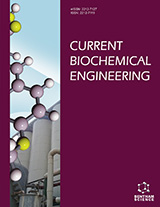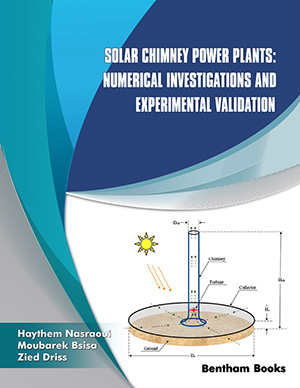Abstract
With the advent of modern technologies in concentrated solar power(CSP), research focus has moved to cost reduction to make CSP a competitive alternative to the conventional heat source for power generation. One way to achieve this is by increasing the storage temperature so that size of thermal storage is lower which leads to reduced engineering and maintenance costs. To incorporate the CSP into power generation, one way to reduce the cost is to employ the higher temperature to improve the efficiency of the supercritical carbon dioxide Brayton power cycle. In the current study, a variety of phase change materials (PCMs) and graphite and their combination were assessed. For efficient heat transfer between PCM and heat transfer fluid, a shell and tube configuration was assessed as a suitable arrangement. The storage mediums can be contained in four indirect shell-and-tube configurations, including 3-PCM and 5-PCM cascade storage, PCM-graphite-PCM hybrid storage, and a single graphite storage tank. The sizing and design of the TES systems were performed by using a dynamic cycling methodology based on a transient 2D numerical model. The cost of these TES designs configurations was determined by using an economic model. This work also investigates the impact of some geometric parameters and cost assumptions on the techno-economic performance of the TES system. The analysis suggests a scenario exists whereby a low efficient storage system with less tube or lesser storage material could be more cost-effective. Overall, the cost of hybrid TES is the lowest among all studied systems, $26.96/kWht and $21.49/kWht for charging temperatures of 720 °C and 750 °C, respectively, followed by the 5-PCM storage of $28.06/kWht and $21.82/kWht.
Keywords: Concentrated Solar Power, Design, Economic Analysis, latent heat, Sensible heat, PCM Cascade Storage, PCM Graphite Hybrid, TES Thermal Energy Storage.






















